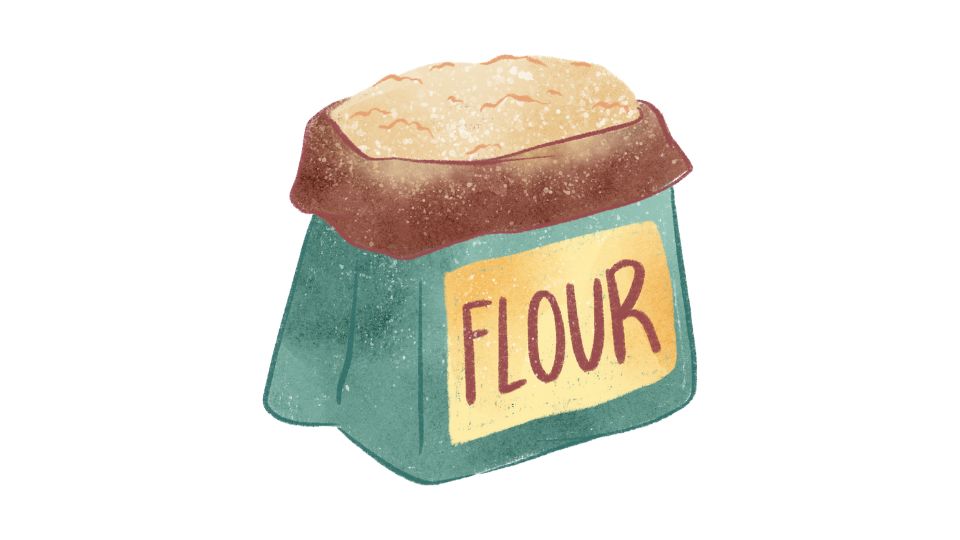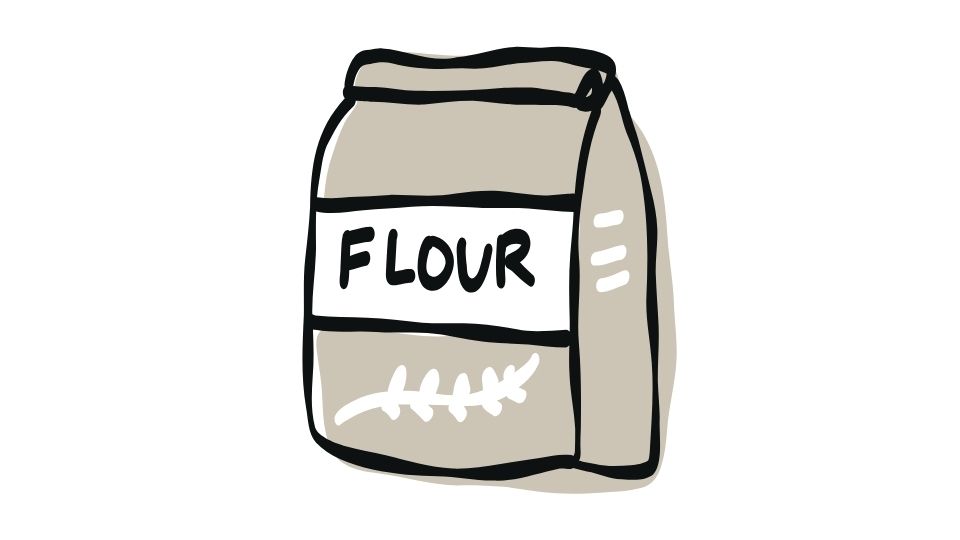Is Cricket Flour Safe to Eat? What You Need to Know

Eating cricket flour: the good, the bug, and the ugly.
Ever think you’d be blending ground-up insects into your morning smoothie? Well, welcome to 2024, where cricket flour is becoming the next big thing in nutrition.
If you’re reading this, you’re probably curious if eating bugs is actually safe (it is) or just another weird health trend that’ll disappear faster than that keto diet you tried last year.
The truth? Cricket flour is generally safe to eat and packs a serious nutritional punch. But before you go crunching on crickets, let’s dive into what this stuff really is, why it might be worth adding to your pantry, and whether you should be concerned about anything.
Cricket Flour 101: What You Need to Know
Cricket flour is exactly what it sounds like – farmed crickets that are dried, roasted, and ground into a fine powder. Think of it as protein powder, but made from bugs instead of whey or peas.
And no, this isn’t some bizarre food experiment. Insects have been on the menu for billions of people around the world for thousands of years. We’re just late to the party in Western countries.
The Nutritional Powerhouse You Didn’t Know You Needed

Let me hit you with some facts that might surprise you:
Cricket flour contains 58-65% protein by weight. That’s more than chicken breast, folks!
And we’re not talking about just any protein. This is complete protein with all nine essential amino acids your body needs but can’t make on its own.
But the nutritional benefits don’t stop there:
- Vitamin B12 levels through the roof – about 10 times higher than salmon! Your energy metabolism and nervous system are doing a little happy dance just thinking about it.
- Iron content higher than spinach – and it’s more bioavailable, meaning your body can actually use it better
- A treasure trove of minerals including calcium, zinc, magnesium, and potassium
- Healthy fats including omega-3s and omega-6s
- Dietary fiber in the form of chitin (the stuff that makes up insect exoskeletons)
That last one – chitin – is particularly interesting because research suggests it may act as a prebiotic, feeding the good bacteria in your gut and potentially improving digestive health.
Is Cricket Flour Safe? (Spoiler: Yes, With Some Caveats)
Before you start freaking out about eating bugs, let’s address the safety concerns.
Cricket flour produced by reputable companies follows strict food safety standards. The crickets are farm-raised in controlled environments (not scooped up from your backyard), then properly processed through sterilization and roasting to eliminate any pathogens or contaminants.
Studies have confirmed that cricket flour contains minimal levels of environmental contaminants – all well below regulatory limits. And when tested on humans, daily consumption of around 25 grams produced no adverse effects in healthy adults.
But there are two big caveats you should know about:
1. Allergies are a real concern
If you’re allergic to shellfish or have insect allergies, proceed with caution or avoid cricket flour entirely. Crickets contain similar proteins to those found in crustaceans, which means cross-reactivity is possible.
Think about it – crickets and lobsters are distant cousins in the arthropod family. If you break out in hives after eating shrimp, maybe skip the cricket smoothie.
2. Regulation varies by country
In the United States, cricket flour exists in a regulatory gray area. While whole crickets are regulated as food, cricket flour is often classified as a dietary supplement or protein powder.
This means quality control and labeling requirements can vary, so it’s super important to buy from trusted sources.
What Does Cricket Flour Actually Taste Like?

Good news – it doesn’t taste like you’re munching on bugs from your backyard.
Cricket flour has a mild, nutty flavor often described as earthy or similar to roasted hazelnuts. There’s a subtle umami quality that actually works well in foods.
Most people find the taste is subtle enough that when mixed into recipes, you’d hardly notice it’s there. This makes it easy to add to:
- Baked goods like cookies and muffins
- Protein bars and energy balls
- Smoothies and shakes
- Even pasta and bread
Many companies suggest starting by substituting about 10% of regular flour with cricket flour in recipes. This gives you the nutritional benefits without overwhelming the flavor profile.
The Environmental Angle: Why Bugs Might Save the Planet
The environmental benefits of cricket farming compared to traditional livestock are pretty mind-blowing:
- Requires 12x less feed than cattle to produce the same amount of protein
- Uses significantly less water – we’re talking 2,000 times less than beef
- Produces far fewer greenhouse gases
- Needs minimal land compared to traditional livestock
As research from the Food and Agriculture Organization shows, if we’re serious about feeding a growing global population sustainably, insects need to be part of the conversation.
Of course, if you’re vegan, cricket flour presents an ethical dilemma. Since crickets are animals, cricket flour isn’t vegan-friendly. But some environmentally-conscious consumers who normally avoid animal products make an exception for insects due to their smaller ecological footprint.
How to Incorporate Cricket Flour Into Your Diet (If You’re Brave Enough)

Ready to take the plunge? Here’s how to start your cricket flour journey:
Start small and go slow
Begin with small amounts mixed into foods you already enjoy. A teaspoon in your morning smoothie or mixed into pancake batter is a good place to start.
This approach lets you monitor for any potential allergic or digestive reactions while getting used to the idea that yes, you’re eating insects.
Buy from reputable sources
Look for companies that are transparent about their farming and processing methods. High-quality cricket flour should come from crickets raised specifically for human consumption in controlled environments.
Avoid products that don’t clearly state the origin of their crickets or their quality control measures.
Get creative in the kitchen
Once you’re comfortable with the idea, start experimenting! Cricket flour works well in:
- Protein balls (mix with dates, nuts, and a bit of honey)
- Homemade energy bars
- Pancakes and waffles
- Chocolate chip cookies (the nutty flavor complements the chocolate)
- Smoothie bowls for an extra protein boost
In Summary: Bug Appetite!

Cricket flour is a nutritional powerhouse that’s generally safe to eat when produced properly. It offers high-quality protein, essential nutrients, and potential benefits for gut health.
While not everyone is ready to embrace insect protein, the environmental and nutritional benefits make a compelling case for at least giving it a try.
Just remember:
- Check for allergies (especially if you have shellfish allergies)
- Start with small amounts
- Buy from reputable sources
- Get creative with how you use it
The future of sustainable protein might just involve more bugs on your plate – and that might not be such a bad thing after all.

